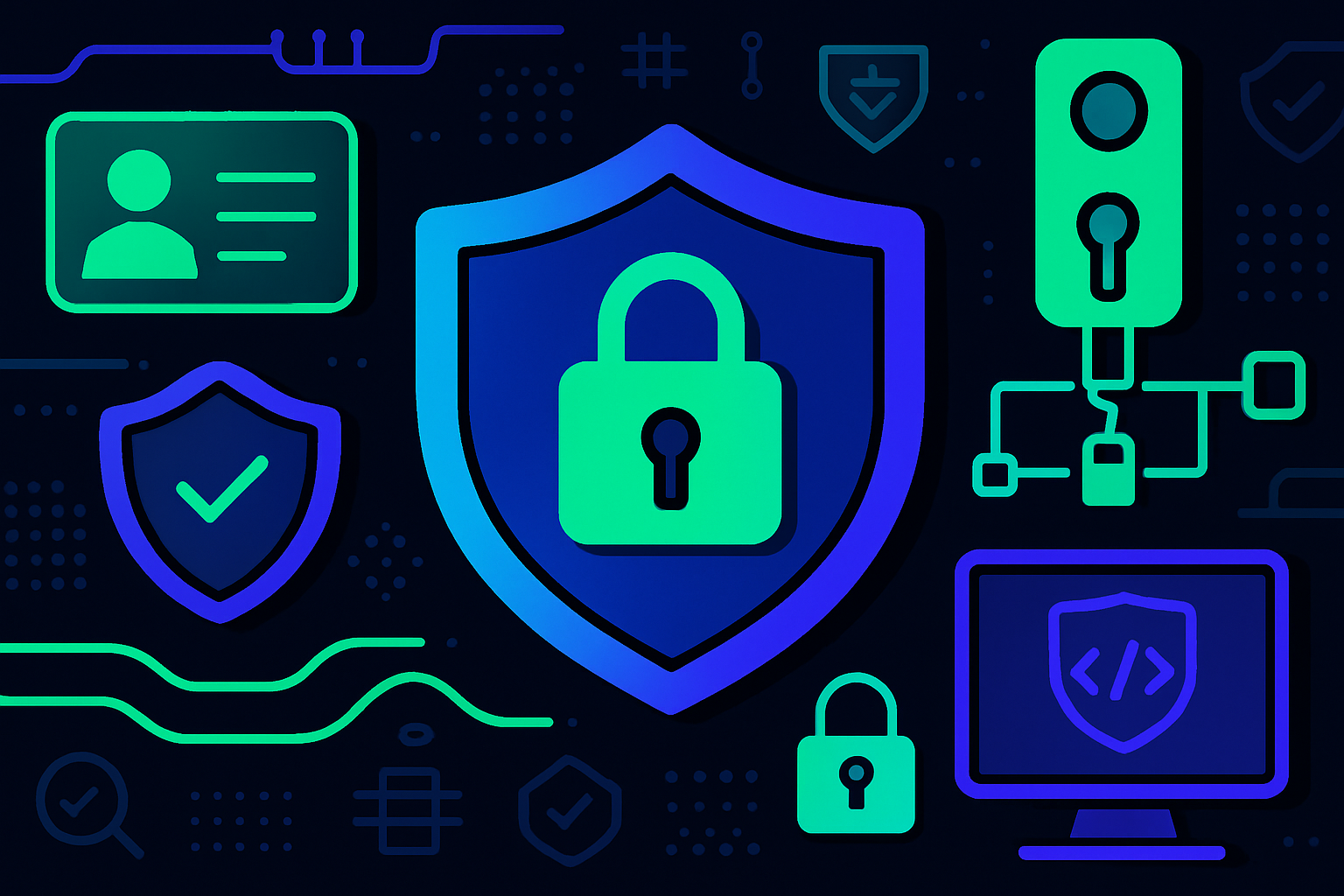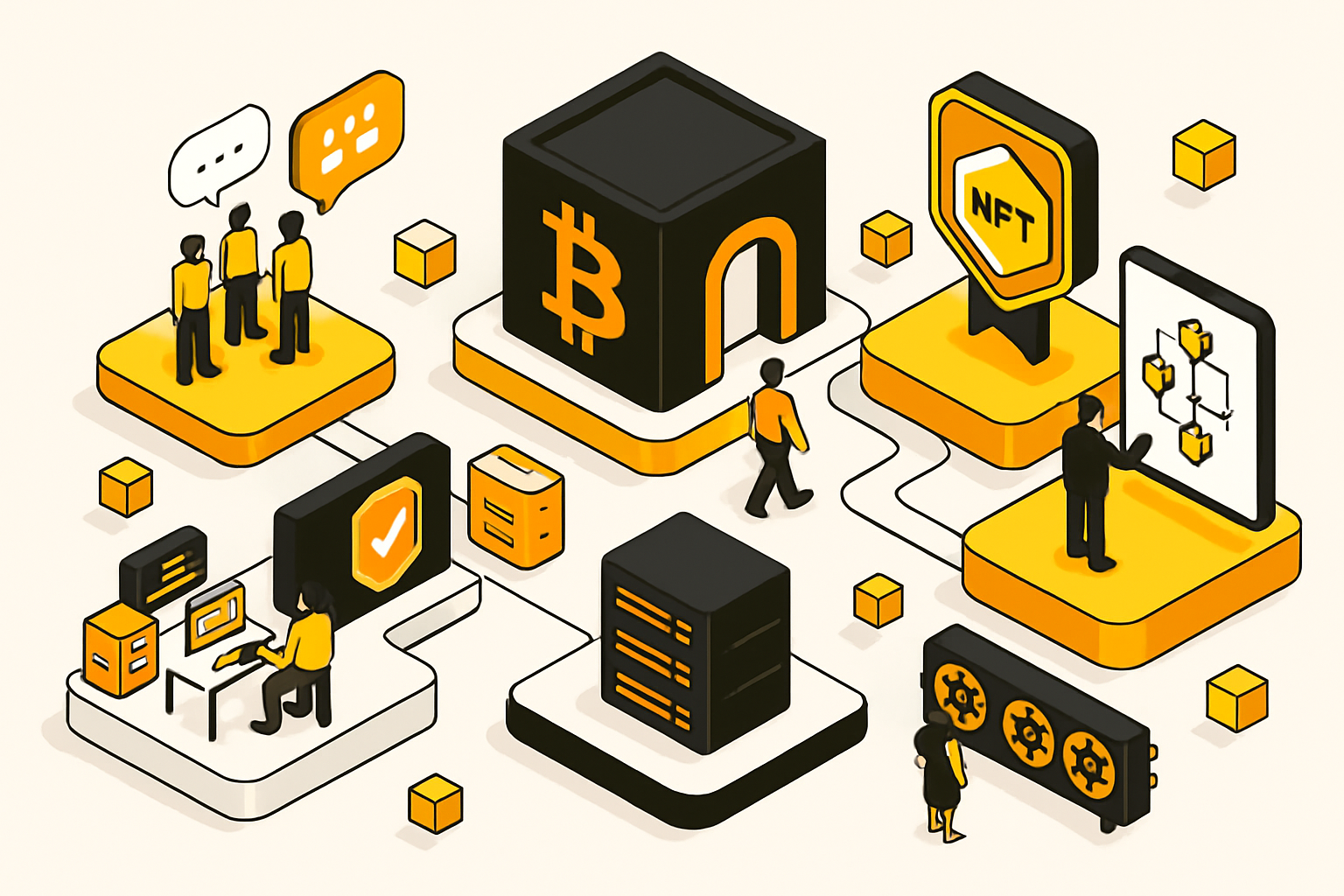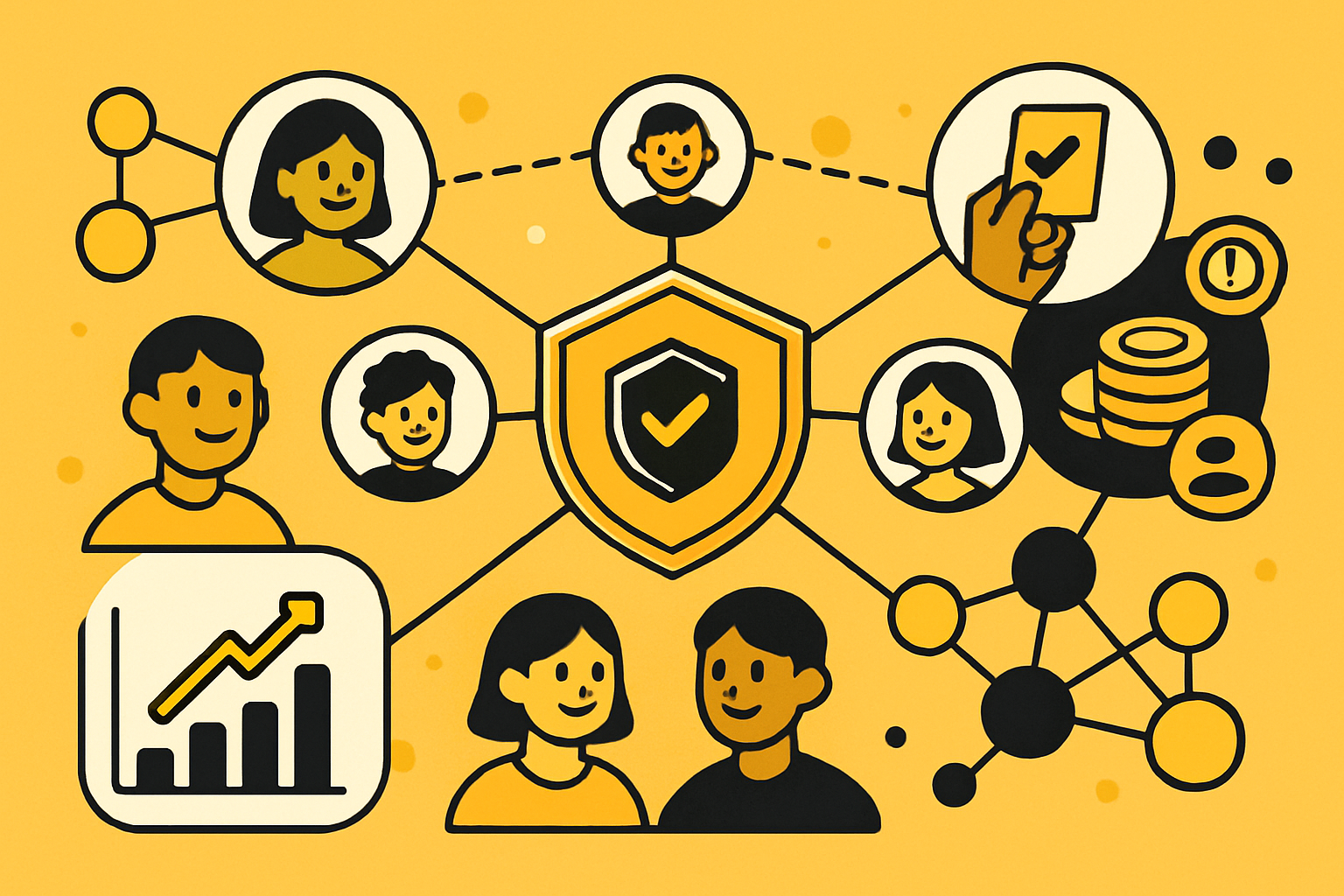
Decentralized Autonomous Organizations (DAOs) are ushering in a new era of community-led decision-making, but the old playbook of fungible governance tokens is showing its limits. Enter governance NFT badges: unique, verifiable credentials that are redefining transparency, fairness, and engagement in DAO governance. These digital badges aren’t just collectibles, they’re programmable tools that streamline voting rights, reward contributors, and establish trust where it matters most, on-chain.
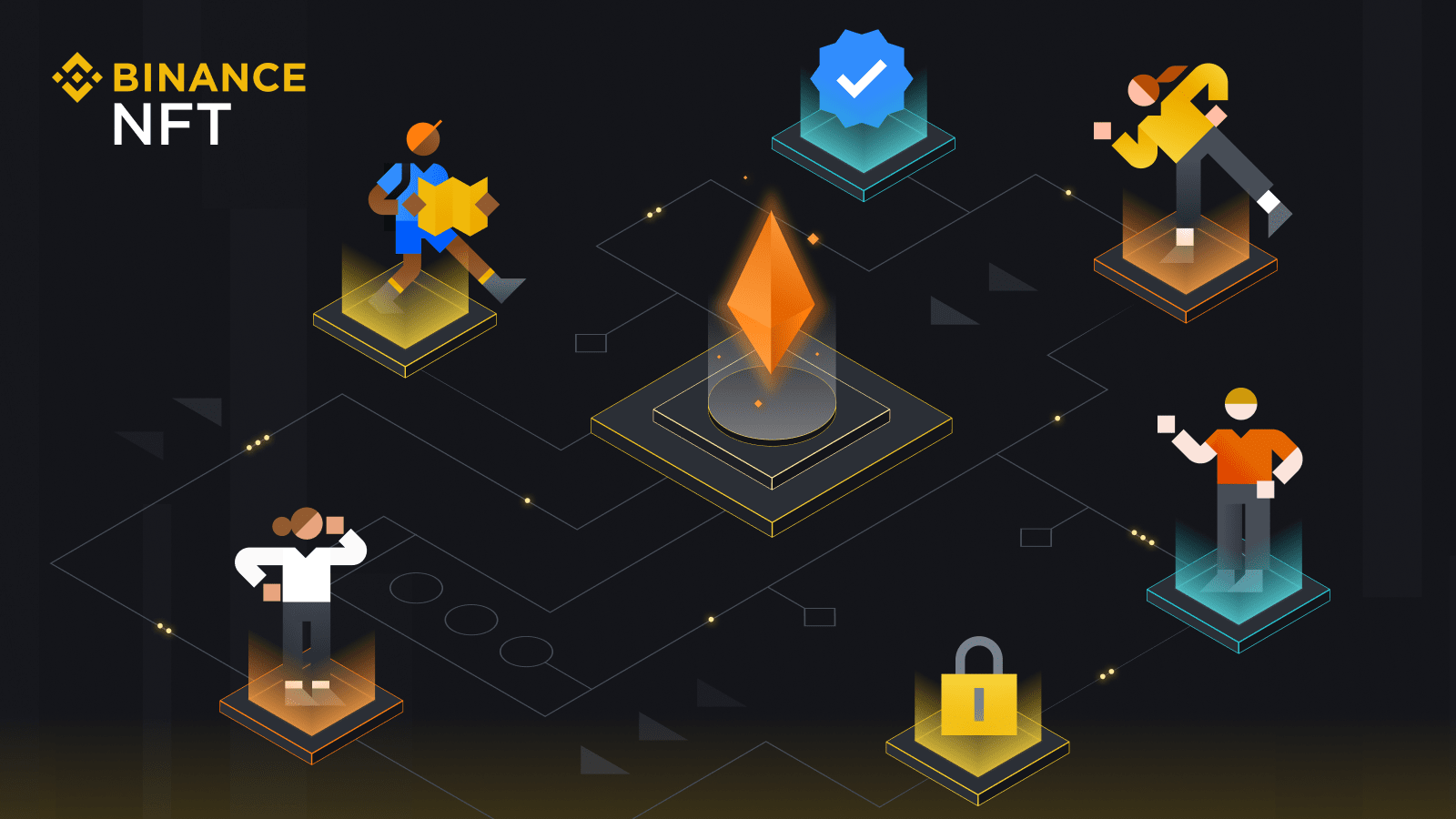
Verifiable Membership and Non-Duplicable Voting Rights
One of the most powerful advantages of NFT voting badges for DAOs is their ability to create a one-to-one link between a member’s identity and their governance role. Instead of relying on easily transferable ERC-20 tokens (which can be split or pooled), NFT badges are minted to specific wallet addresses. This means each badge is non-fungible and non-duplicable, dramatically reducing risks like duplicate voting or Sybil attacks.
The entire lifecycle of these badges, from issuance to revocation, is recorded on the blockchain. That’s radical transparency in action: anyone can audit who holds which badge and how they’ve voted. This shift puts DAOs on stronger footing when it comes to fair process and accountability. Learn more about how NFT governance badges enhance DAO voting transparency.
Incentivizing Participation with On-Chain Reputation
DAOs thrive when members are active, not just passive investors. With decentralized voting rights NFTs, organizations can reward real contributions with visible, permanent proof-of-participation. Think proof-of-attendance NFTs for showing up at meetings or completing bounties, each badge becomes a building block in a member’s transparent reputation portfolio.
This isn’t theoretical; projects like MeritDAOcracy have already implemented systems where voting power grows with meaningful engagement, not just token holdings. The more you contribute, the more influence you earn, all tracked automatically via smart contracts.
- Proof-of-attendance: Badges for attending key votes or workshops
- Bounty completion: Special NFTs for shipping code or organizing events
- Community leadership: Tiered badges for mentoring or moderating discussions
This approach transforms DAOs into true meritocracies while giving every contributor an incentive to level up their involvement. Explore real-world examples here.
Dynamic Voting Power: Moving Beyond Static Tokenomics
The static model of “one token = one vote” is rapidly being replaced by dynamic systems that use DAO contributor rewards NFTs. By programming attributes into each badge, such as time held, activity level, or specific achievements, DAOs can assign voting power based on what really matters: contribution and expertise.
This flexibility lets organizations fine-tune their governance models without sacrificing transparency or fairness. Members who consistently deliver value gain greater say over proposals and direction. And because all this logic lives in auditable smart contracts, trust remains decentralized and verifiable.
For DAOs aiming to create a truly engaged and accountable membership, this model is a game-changer. It’s not just about rewarding the loudest voices or the deepest pockets; it’s about amplifying those who move the community forward. As more DAOs adopt dynamic NFT-based voting, expect to see more nuanced, responsive governance emerge across the decentralized landscape.
Best Practices for Issuing and Managing Governance NFT Badges
Implementing NFT badges isn’t plug-and-play, you need a robust framework to avoid confusion or gaming of the system. Here’s what successful DAOs are doing:
Best Practices for Issuing and Managing Governance NFT Badges
-
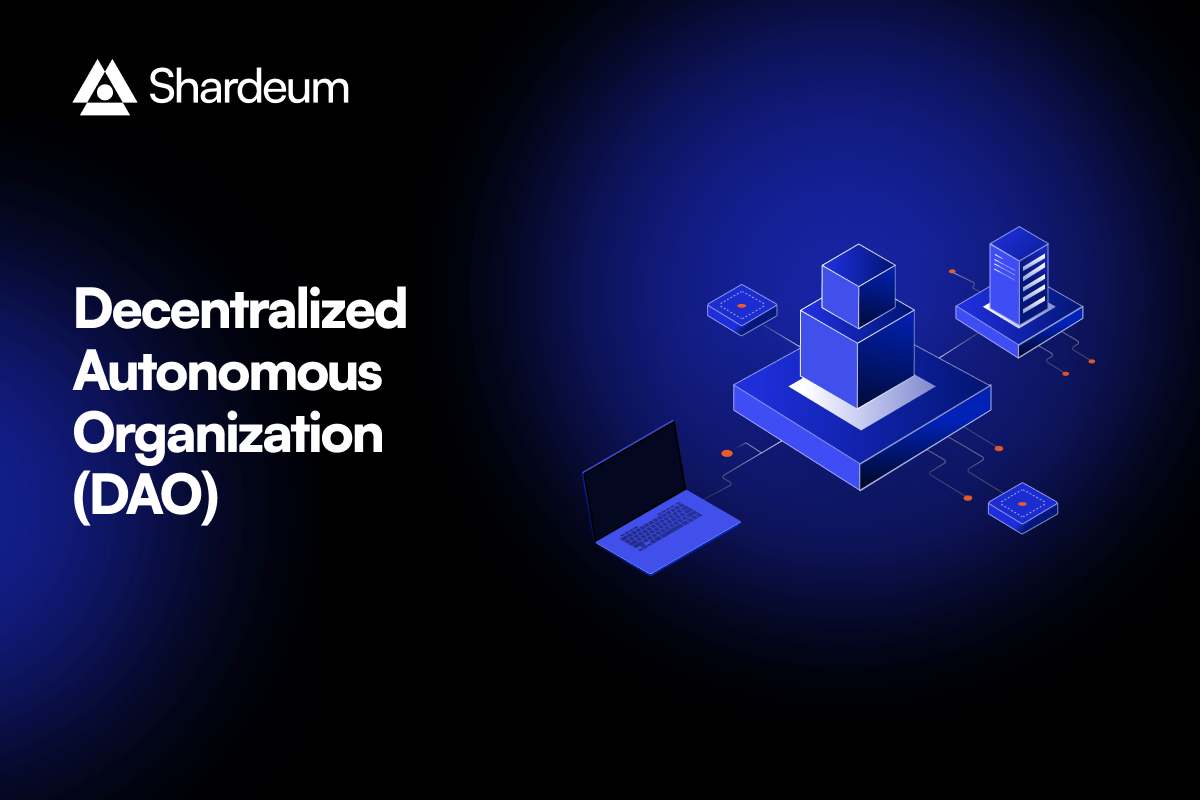
Define Transparent Eligibility Criteria: Clearly outline how members can earn, retain, or lose NFT badges. This prevents disputes and ensures fair access to governance rights.
-

Use Reputable Badge Platforms: Integrate with established platforms like GovernanceNFT or Aragon for secure badge issuance and management. These services offer step-by-step guides for seamless integration.
-

Implement Tiered Badge Systems Thoughtfully: Design badge hierarchies that reflect real contributions without overcomplicating governance. Simple, intuitive tiers boost member engagement and clarity.
-

Ensure On-Chain Transparency: Record all badge issuance and voting activity on public blockchains like Ethereum to guarantee verifiable and auditable governance.
-
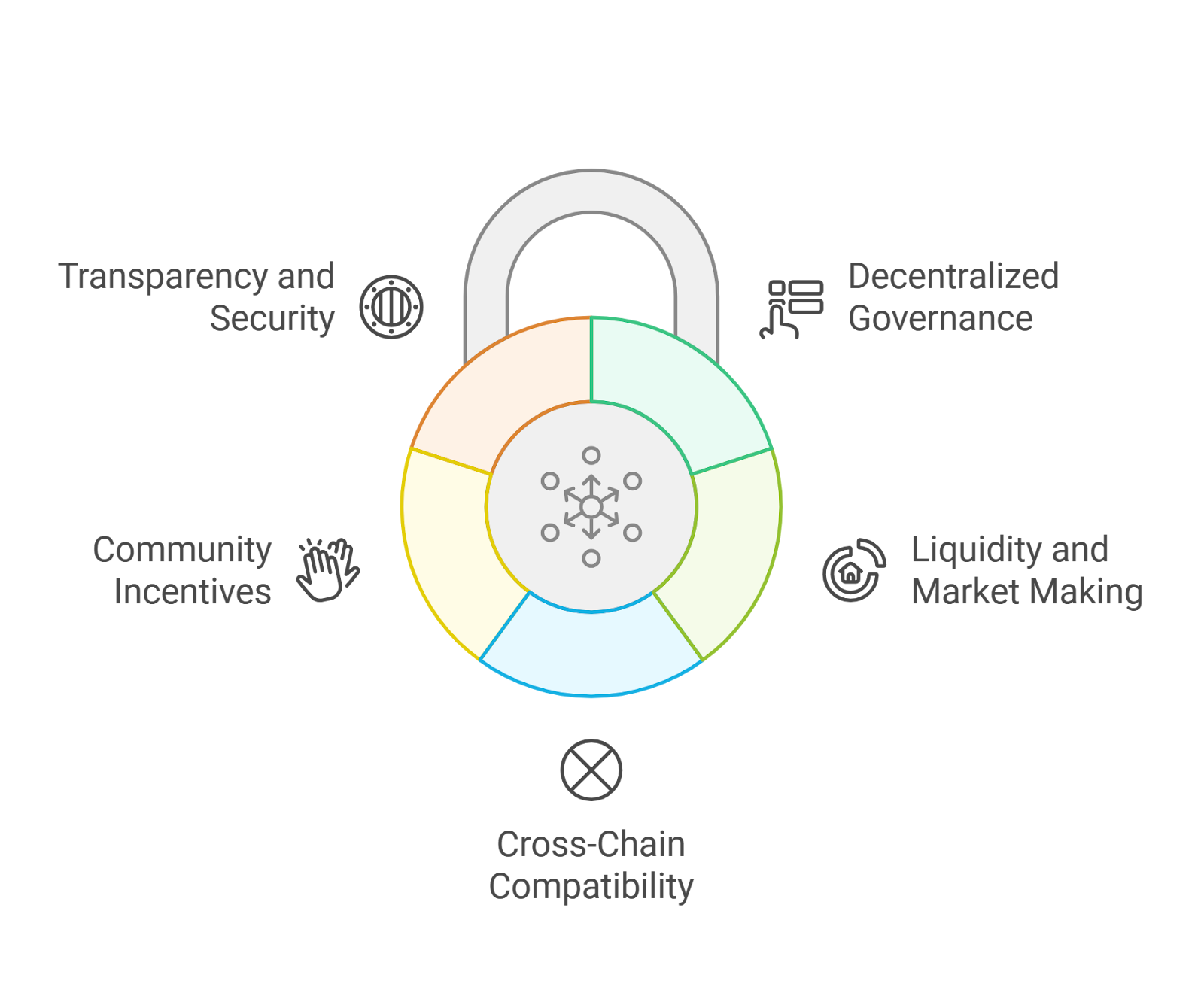
Conduct Regular Smart Contract Audits: Periodically audit badge-related smart contracts to prevent exploits and safeguard voting integrity. Use trusted auditors such as ConsenSys Diligence or Trail of Bits.
-
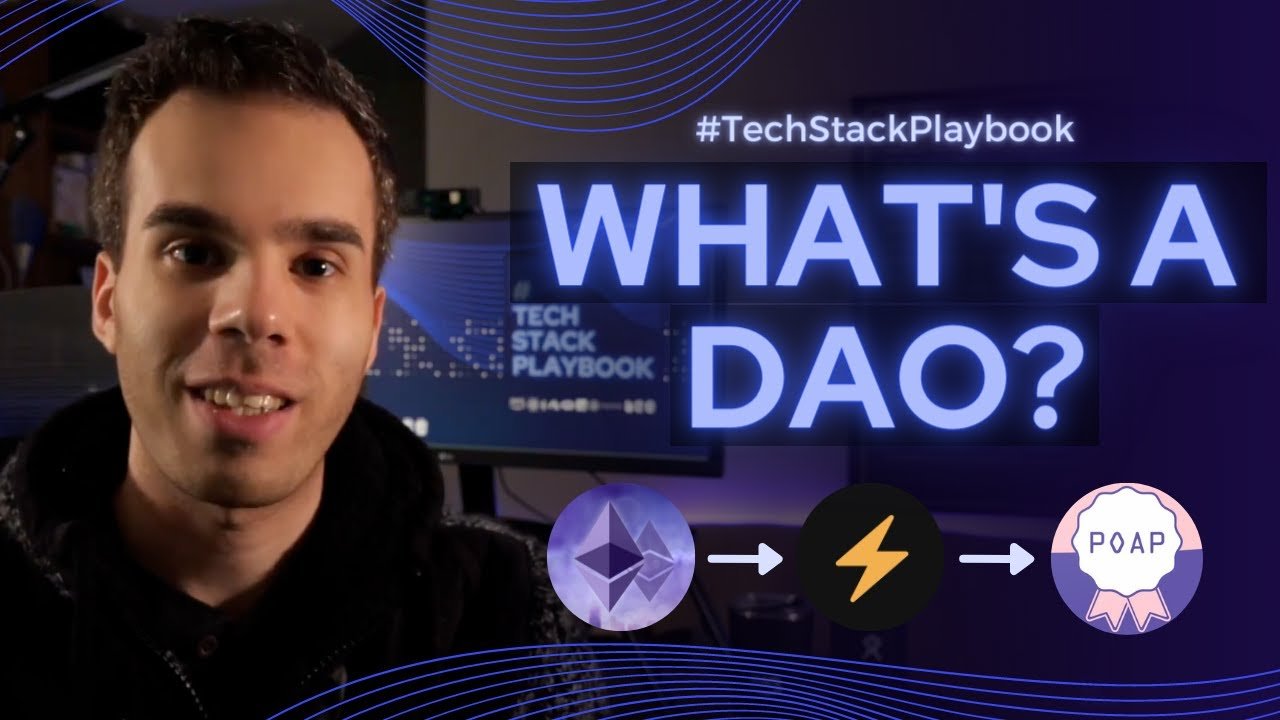
Reward Active Participation: Issue badges for meaningful contributions—like proof-of-attendance or task completion—to incentivize engagement and build on-chain reputation.
-
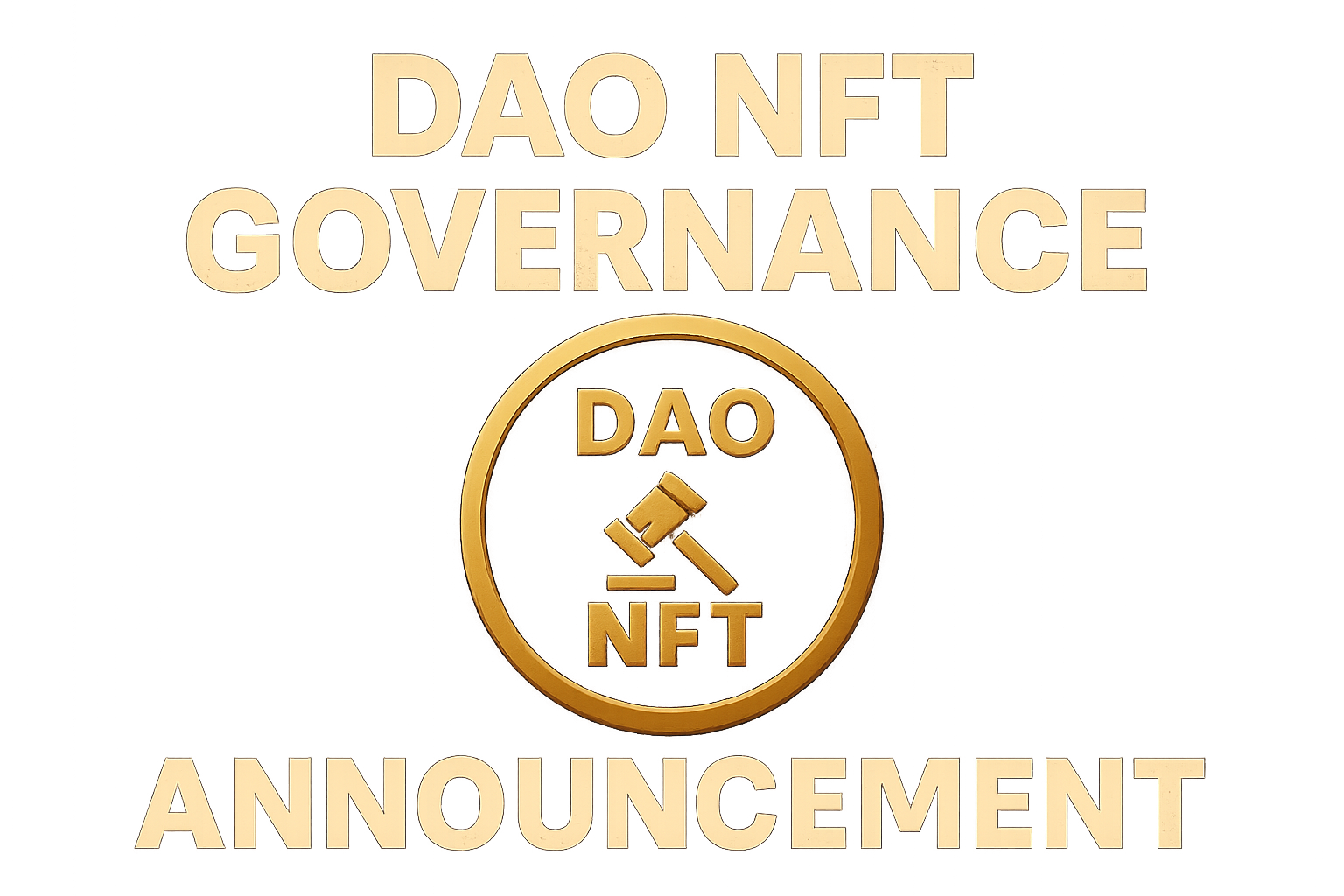
Publish Rules Before Minting: Announce badge rules and eligibility requirements in advance to maintain community trust and avoid retroactive changes.
Clear eligibility rules come first. Define what actions merit a badge and make those rules public before minting anything. Tiered badge systems can work wonders, but don’t overcomplicate things, too many levels can lead to member fatigue or ambiguity. And always publish badge issuance on-chain for maximum transparency.
Security audits are non-negotiable. Bugs in smart contracts could undermine voting integrity or allow unauthorized badge creation. Regularly review your contracts and consider third-party audits as your DAO grows. For further technical guidance, check out our step-by-step guide on how to issue and manage governance NFT badges for DAO voting rights.
The Future: Composable Credentials and Cross-DAO Collaboration
The next frontier for blockchain governance credentials is interoperability. Imagine earning a leadership badge in one DAO that unlocks proposal privileges in another, or using your on-chain reputation as collateral for new opportunities across DeFi, gaming, or even real-world cooperatives.
This vision isn’t far off. As open standards evolve and more platforms support composable NFTs, contributors will carry their verified achievements from project to project, creating a portable web3 resume that transcends silos.
Key Takeaways for DAO Leaders
- NFT badges make voting transparent, fair, and Sybil-resistant.
- Dynamically programmed badges reward real contributions, not just capital.
- A clear process for issuing and managing badges builds trust and engagement.
- The future of DAO governance is interoperable, meritocratic, and powered by verifiable credentials.
If you’re ready to level up your organization’s governance with NFT badges, or want inspiration from DAOs already leading the way, explore our resources on assigning voting power with NFT badges.


